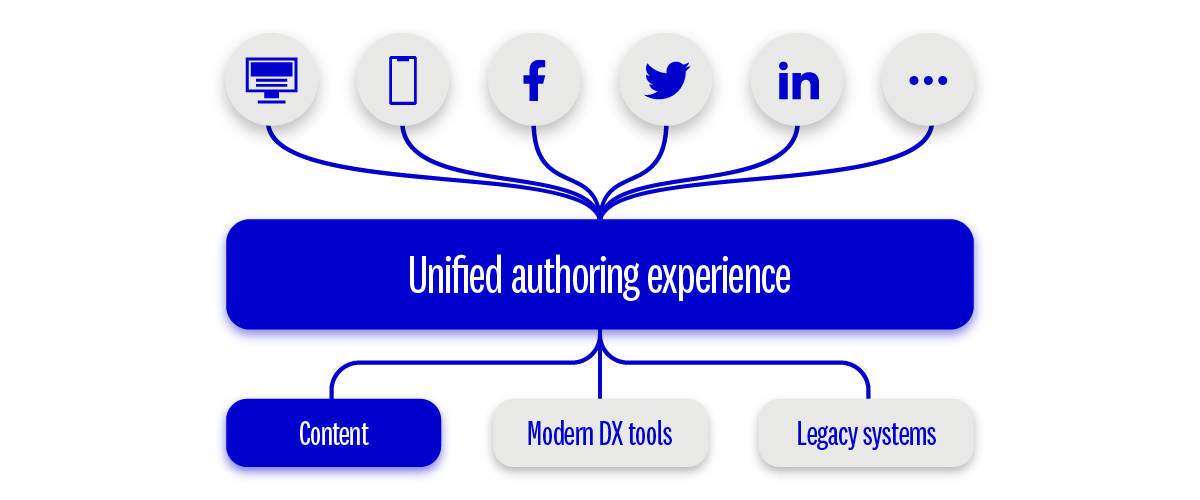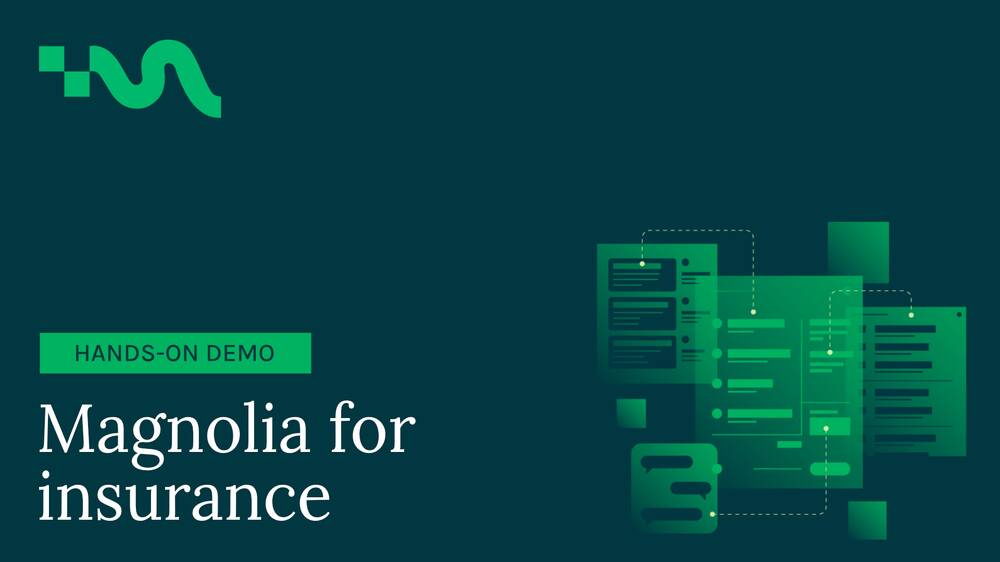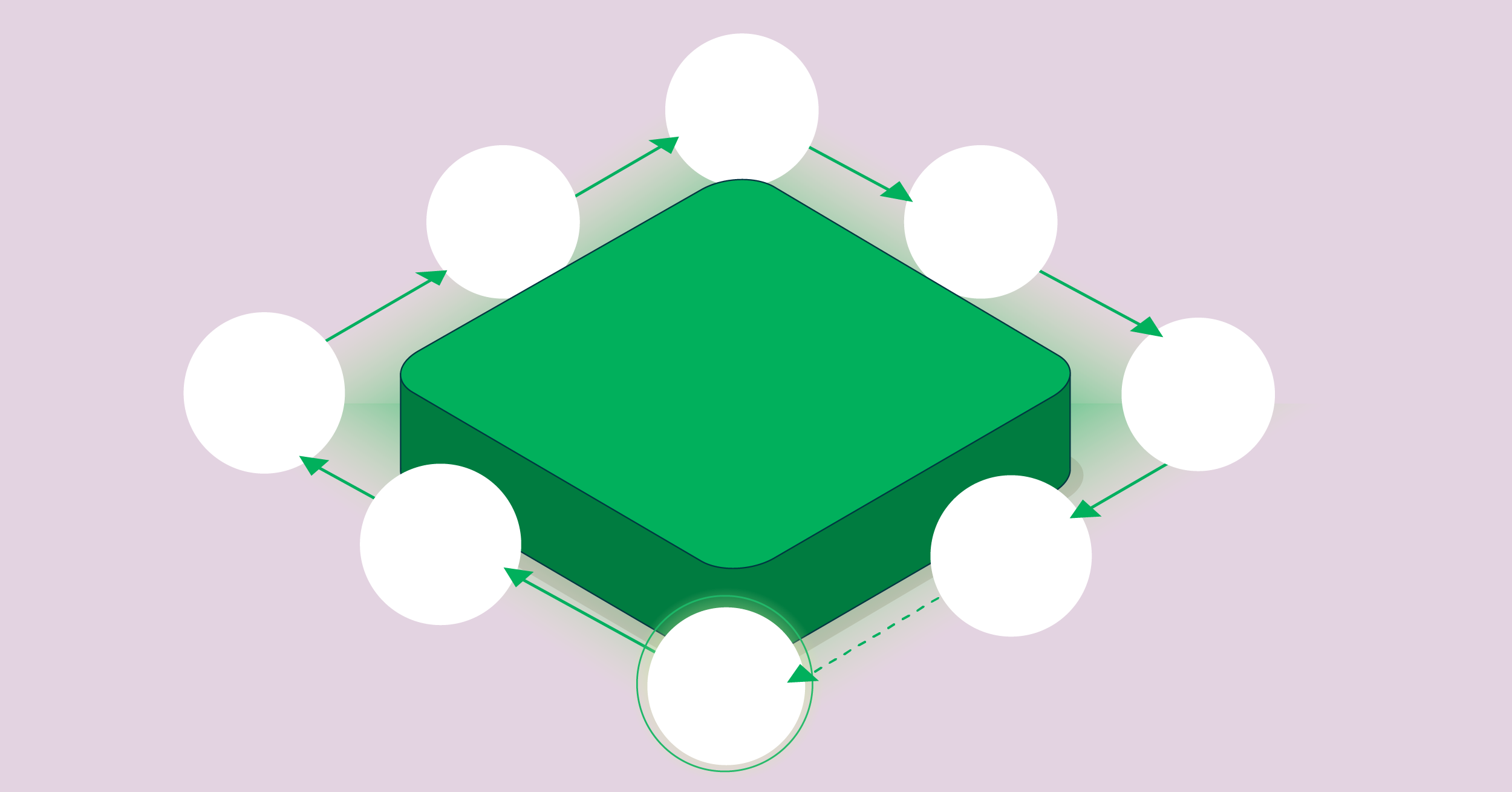- Jul 27, 2024
- --
Can a DXP wake up insurers from their tech nightmare?
Experience Magnolia in action
Experience Magnolia's key features firsthand in an interactive product tour.
Take a tour nowCustomers have high expectations from insurers regarding digital transformation, and their patience is wearing thin. Most incumbents have only adopted a few digital capabilities and are still far from making chances at scale to match the consumer’s desires. Many large legacy insurers are holding back due to their existing technology stack and the need to re-architect and rebuild from the ground up.
Large legacy insurers can consolidate their position and get ahead of the small but mighty disruptors with the help of a DXP. With Magnolia incumbents can focus on digital experiences that deliver compelling content, seamlessly connecting the dots and enriching every stage in the insurance lifecycle.
Insurance companies have been lagging in the tech space – it’s hard to modernize legacy infrastructure and automate complicated processes. The COVID-19 pandemic emphasized the need for virtual, digitally enabled collaboration among customers, employees, and business partners. And while some digital services are available, customers are still waiting for large legacy insurers to move past the acknowledgment stage of the digital transformation and implement it at scale.
That’s understandable, but with the rise of insurtech startups, the industry is getting disrupted; you must innovate or perish. That’s the point the insurance sector reached.
Not only do you have to update, move, and improve what you already have, but you’ll also have to deliver the modern digital experience your brokers and customers are expecting.
Strategy, part of the PwC network, conducted a study with six large European insurance companies (between the six of them, they serve 320.000 people) to find out more about what’s in their scope when it comes to digital transformation.
All insurers agreed that automating customer-facing processes is a priority, as well as automating back-end processes.
So, how can you possibly do all of that at once?
The existing insurance technology stack
In many cases, insurance companies are still restrained by the ball and chain of old systems that have been in place for years (sometimes decades). Moving these to the cloud is a major undertaking – not a straightforward “lift and ship”, especially given the concerns on compliance and security. In many instances, the existing tech is old enough that there’s no alternative but to re-architect and rebuild from the ground up, a potential nightmare scenario.
Of course, many companies will take the challenge as an opportunity. In underwriting, it’s an excellent moment to consider auto policies. Creating APIs for rate calls should be high on the list of priorities. At the very least, for initial quotes – but preferably working toward bindable quotes ready to be purchased directly.
Considerable human effort is still spent on handling claims. If there are tools for servicing customers, these will often still be for internal use. There are many good ideas about the importance of data science and AI. There are many ways to further automate manual processes (EDM, BPM, and so on). But getting there takes time and consideration; it’s not something you do overnight.
Meanwhile, customers expect a high level of self-service. Getting insured should be as easy as using any other app. And filing a claim should be something you can do entirely on your phone. Fill in the form, scan the documents with the camera, add pictures or a video of the damage. If you can open a bank account on your phone, why should dealing with insurance be any more complicated?
Accustomed to other industries' levels of digital transformation, consumers have now set the bar for online experiences high. And have little patience for how difficult it can be for an incumbent in a traditional industry to update their infrastructure, streamline processes, and add more features to improve convenience. To them, it simply has to work.
The modern digital experience toolset
Shifting underwriting, claims, and other processes to a modern cloud environment that leverages microservices and APIs can seem like a daunting task alone. However, you also need various martech tools for analytics, measuring funnels, orchestrating journeys, improving conversion, and activating and retaining customers. They’ll range from marketing automation and CRO to CRM, CDP, and, of course, a headless CMS to provide consistent content throughout the digital lifecycle and all channels.
With looming industry disruption by “digital-first” startups, you need them now. And your digital experience can’t be stuck in the past decade. Once you have the tools, you might also think about changing some for the next big thing by tomorrow – not in a few years. Digital experience needs to be agile and adapt much faster than back-office systems to keep up with customer expectations.
This leaves insurance companies simultaneously having to update, replace, and expand legacy infrastructure for their digital experience to become agile fast. A formidable and almost paradoxical combination to manage. Because how can you bolt that fast-paced digital landscape onto a steady, well-considered change of your legacy infrastructure?
The solution: Magnolia’s composable DXP
Choosing a digital experience platform (DXP) for insurers
Find out how a DXP will transform your insurance business and consolidate your role in a changing marketplace.
Magnolia’s composable DXP is uniquely placed to resolve those conflicts. Composability means that the platform was designed to be modular: after all, your digital experience needs the newest best-of-breed tools. It also needs to interface with your back-office systems in order to provide efficient self-service across the insurance lifecycle.
Magnolia provides many digital experience tools that are out of the box (such as Personalization and Conversational Forms) but also happily integrates your choice of third-party tools. Crucially, it also makes it easy to integrate your current back-office infrastructure. In fact, you’ll find that this is easy enough and that there is no sunk cost for those integrations. What that means in real life: even if your infrastructure is currently on-premises, but you’re planning the move to the cloud, you can already do the initial integration and bring this functionality into your digital experiences. Once your cloud transition is complete, redoing the integration won’t be a major project. If your infrastructure doesn’t have APIs yet, you don’t have to wait to include it in your digital experience. Simply update any integrations in Magnolia when you do instead of redoing them from scratch.
Even better, the Magnolia DXP will become the central hub for your digital team to orchestrate the digital experience coherently without jumping across systems. With Magnolia’s Integrated User Experience (IUX), your DXP stack can be integrated into one central user interface for experience orchestration. You can choose whatever DX tools you want while providing a unified authoring experience. Magnolia doesn’t lock you into a specific set of functionality – yet it enables you to control everything in one place. That coherence will immediately start to be reflected across your digital channels.

This means you can start using the Magnolia DXP while steadily evolving your back-office infrastructure and maintaining velocity in the digital experience for brokers and direct customers.
Everything, everywhere, all at once
Your digital customer experience needs to be connected to your back office for anything transactional – from quotes to claims. For that, you need a modern, integrated tech stack. Meanwhile, your digital experience also needs to have an edge over existing competitors and disruptive startups. Doing all of this at the same time is a gargantuan task. Where do you even begin? And how long will it take?
Here's the good news: You don’t need a multi-year project or a big bang to wake up from a bad dream. With Magnolia, you can get started right away. Update your digital experience using what Magnolia offers out of the box and incrementally add in back-office services when they're ready to be connected. Magnolia makes it easy to integrate them. Then – as you grow your level of sophistication in DX – rapidly iterate and experiment by adding new tools and replacing functionality.
In insurance, digital transformation happens at different speeds. But Magnolia will be there every step of the way, helping you go faster from day one.











